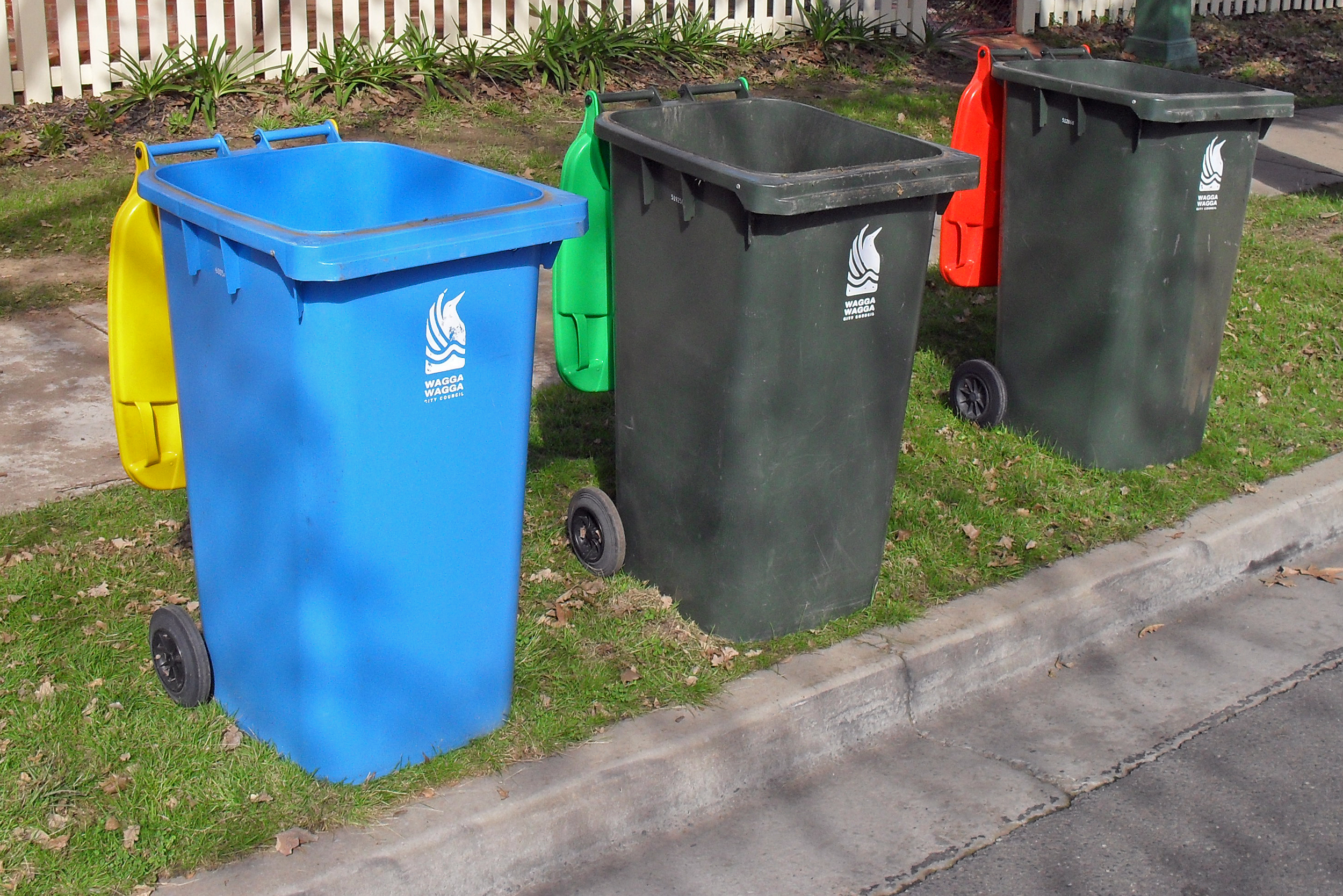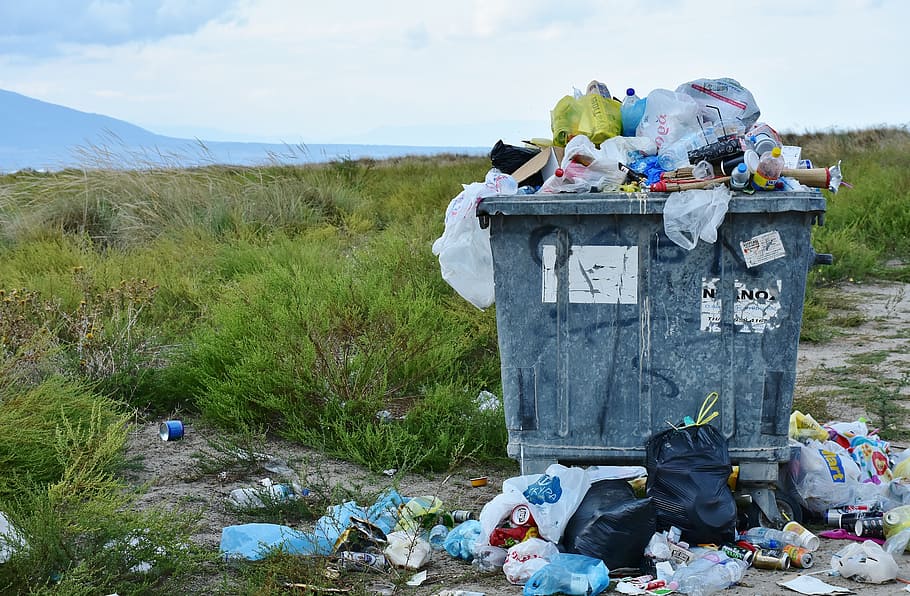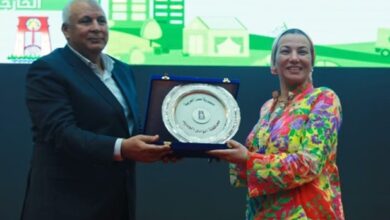They make paper and rugs, they blow glass and they recycle. Three Cairo NGOs help craftsmen produce art with an environmental conscience.
Situated in the neighborhood of the pottery makers of Fustat, NGO al-Nafeza (meaning "the window") has been transforming agricultural refuse into paper for the past 15 years. Using the same rice straw that, when burned, is responsible for the thick black cloud that descends on Cairo each fall, as well as banana stalks and Nile lilies, the NGO runs workshops to teach young people the craft of paper making.
Ines Khamis and Mohamed Abu al-Naga have been immersed in paper making for a few decades. About 15 years ago they founded the organization, hoping to introduce young men and women to the techniques of the craft while also spreading environmental awareness.
A pile of rice straw fills the alley entrance to their workshop on the ground floor of a beautifully simple two-story building in Fustat.
“I buy about 2000 kilos of rice straw every month for our handicraft from sellers at the Friday Market for LE200 a ton,” Khamis says. Behind the house, a young woman who belongs to the workshop energetically mixes the rice straw that is boiling in a cut petrol barrel.
With apt gestures, she explains that the straw is first soaked for two days in a basin, which softens it and accelerates fiber extraction. Then it is boiled for about two-and-a-half hours. Plunging her stick in the boiling concoction that gives off a strange sweet smell, she retrieves some rice straws that look like seaweed and puts them in a bowl to check whether they are cooked enough. A machine then mixes the mélange, gives it a smooth grain and isolates the long fibers, before the straw is poured into one of the many bathtubs in the covered courtyard nearby.
Plunging her hand into the slimy liquid, Khamis explains that yellow is the rice straw’s natural color, but that any color can be achieved by adding dye to the bath at this point in the process. To create a normal piece of paper, a wooden frame with fine wire netting is plunged into the liquid and left to dry on the side of the bathtub with the paper pulp on top of it for about a day. Once the moisture in the paper has dried, it is delicately peeled off the wire-netting and stuck on the wall to finalize the drying process.
Inside the workshop, seated around a wide rectangular table at the center of the room, four young people are cutting paper, sticking it and folding it into various shapes to create the products that will be sold in many shops around town.
Workers craft picture frames, small notebooks, paper bins, gift bags, letter holders, lamps and postcards, which all bear the very recognizable rough grain of recycled paper. “We focus more on rice straw than banana stalks and Nile lilies because it is a major pollutant…I wished people copied this idea, so that we could get rid of significant quantities of rice straw in a creative way. Unfortunately people do not have the know-how to make paper.”
On the slope of Moqattam, the Association for the Protection of the Environment (APE) based in Manshiyet Nasr has also been actively involved in two recycling programs, including an elaborate paper project launched in 1994. While the type of products they create are similar to al-Nafeza's, the process is different.
Instead of using agricultural refuse, APE collects paper no longer wanted from schools and administrations. Raafat Latif, an education projects officer, explains that once they have collected the paper, the 40 women involved in the program shred it into small pieces then soak it in water until its texture becomes soft. They also use wooden frames with wire netting to dry the sheets of paper until it is fit for cutting, decorating and folding. They sometimes mix wet shreds of paper with dry flowers to create an aesthetic texture.
From a purely environmental point of view, such recycling projects have an important role to play. “When paper is picked up by the garbage collectors, they burn it and this presents health risks…by picking paper directly from the source and recycling it, we avoid these burnings,” stresses Latif.
The APE has also been running a rug weaving and patchwork program since 1988, which involves roughly 30 permanent employees and 150 women working from home. The number of women creating rugs from home has declined slightly since the global financial crisis diminished product demand, Latif says.
Big private textile companies donate leftover pieces of fabric to the women of the association, who recycle the cloth in two phases. One group sorts the fabric pieces according to their type and color, while a second group weaves. The colorful and fluffy rugs they create are sold in Egypt–in the APE showroom, in Souk al-Fustat and in some shops in Zamalek–but also abroad, mainly in the United States and Europe. “A network of volunteers abroad helps market our products, which are getting a lot of attention, especially in the US, in England and in France,” Latif says.
Using the cloth also prevents it from being burned or resold to people in the furniture business. “The latter would buy these pieces of fabric to produce bad quality cotton that is found on cheap furniture. This cotton has proven harmful to the health as it creates lung and respiratory problems,” he says.
Egypt’s last glassblowing factory, “Mameluke’s Factory” in the City of the Dead also employs recycling, using broken glass that it buys from nearby restaurants and coffee shops. Ahmed Aly, the proud owner of the factory, boasts about his family being in the glassblowing business for three generations. He purchases the broken glass for LE1 per kilo. The glass is melted in a blazing furnace at the back of the shop, which reaches temperatures of up to 1500C.
This colored magma is then scraped up with a blowpipe in the shape of a honey dipper and transformed into a vase, a candle holder, a pitcher or a lamp in front of customers. Originally, the heat of the furnace was fuelled with wood logs, but as Aly explains, “residents from the neighbourhood started complaining about the thick dark smoke that came from our furnace so we have switched to gas.”
Fusing art with an environmental philosophy, these craftsmen and women are keeping old techniques alive by giving them a modern twist.




